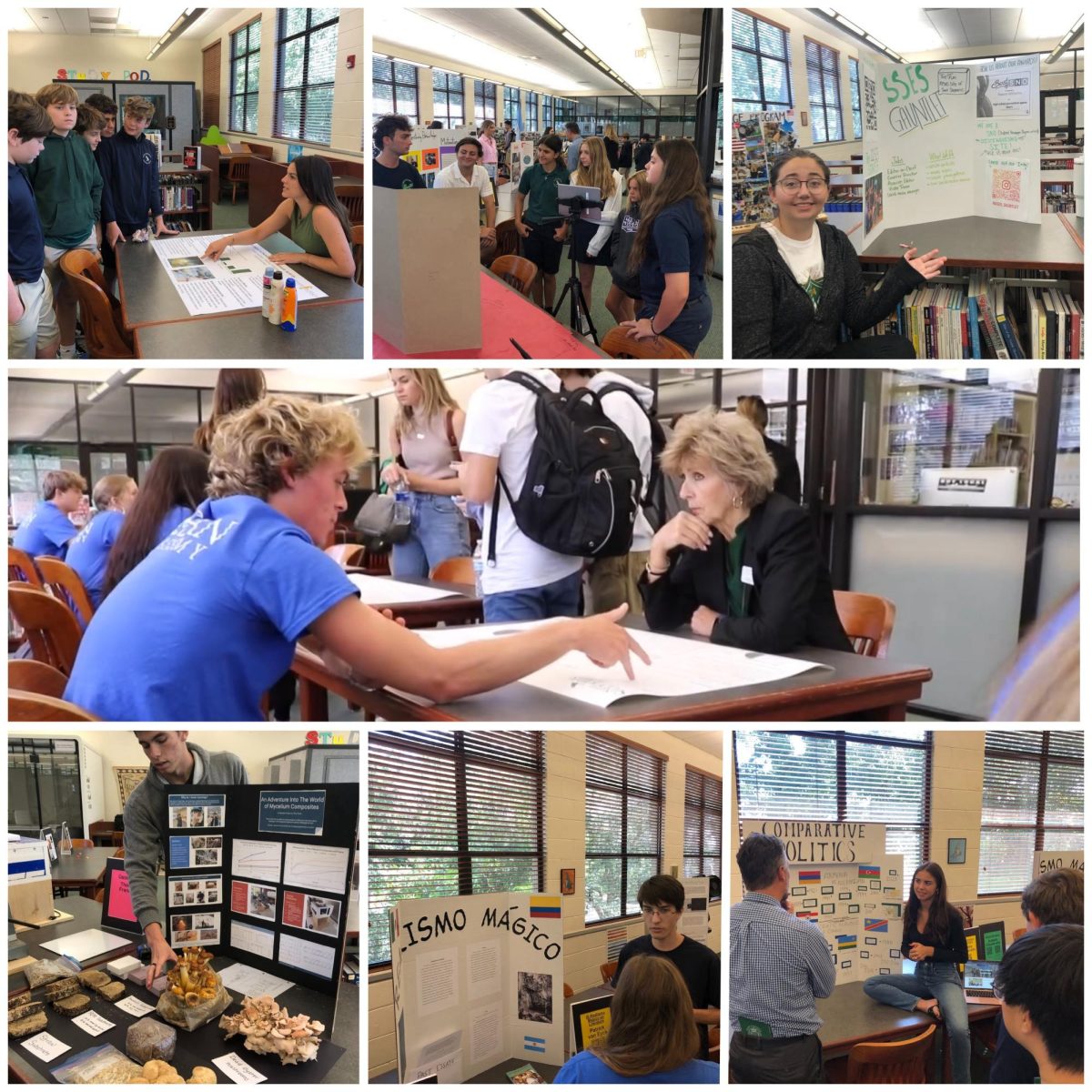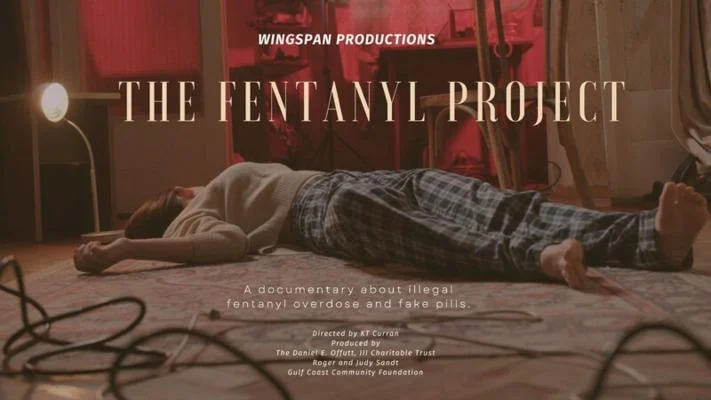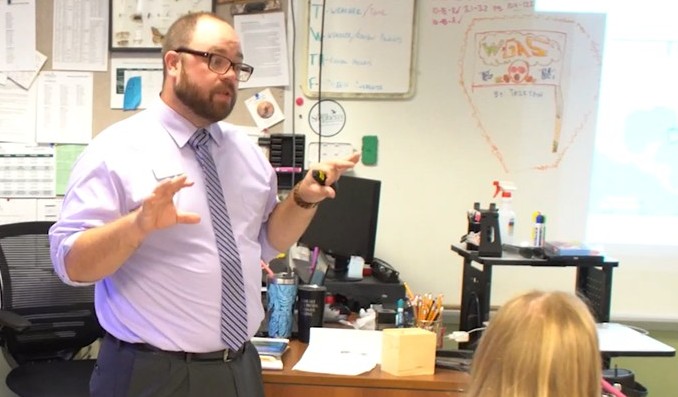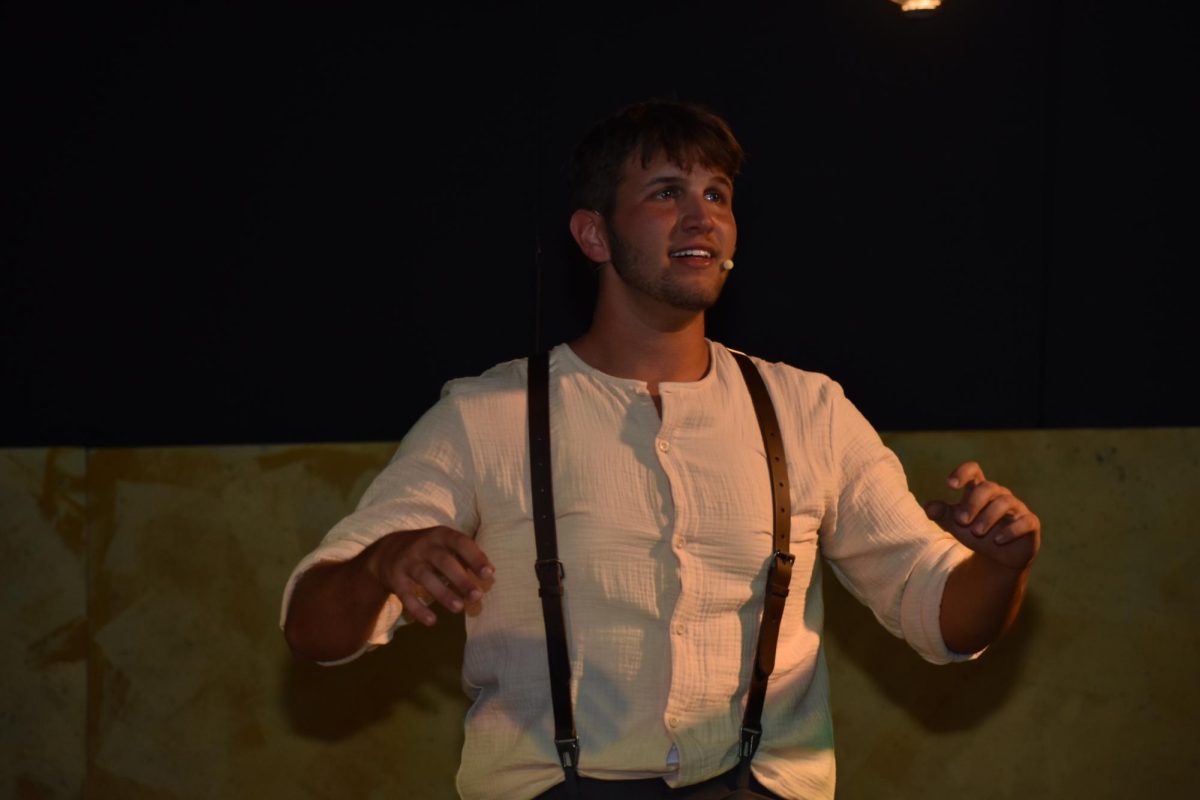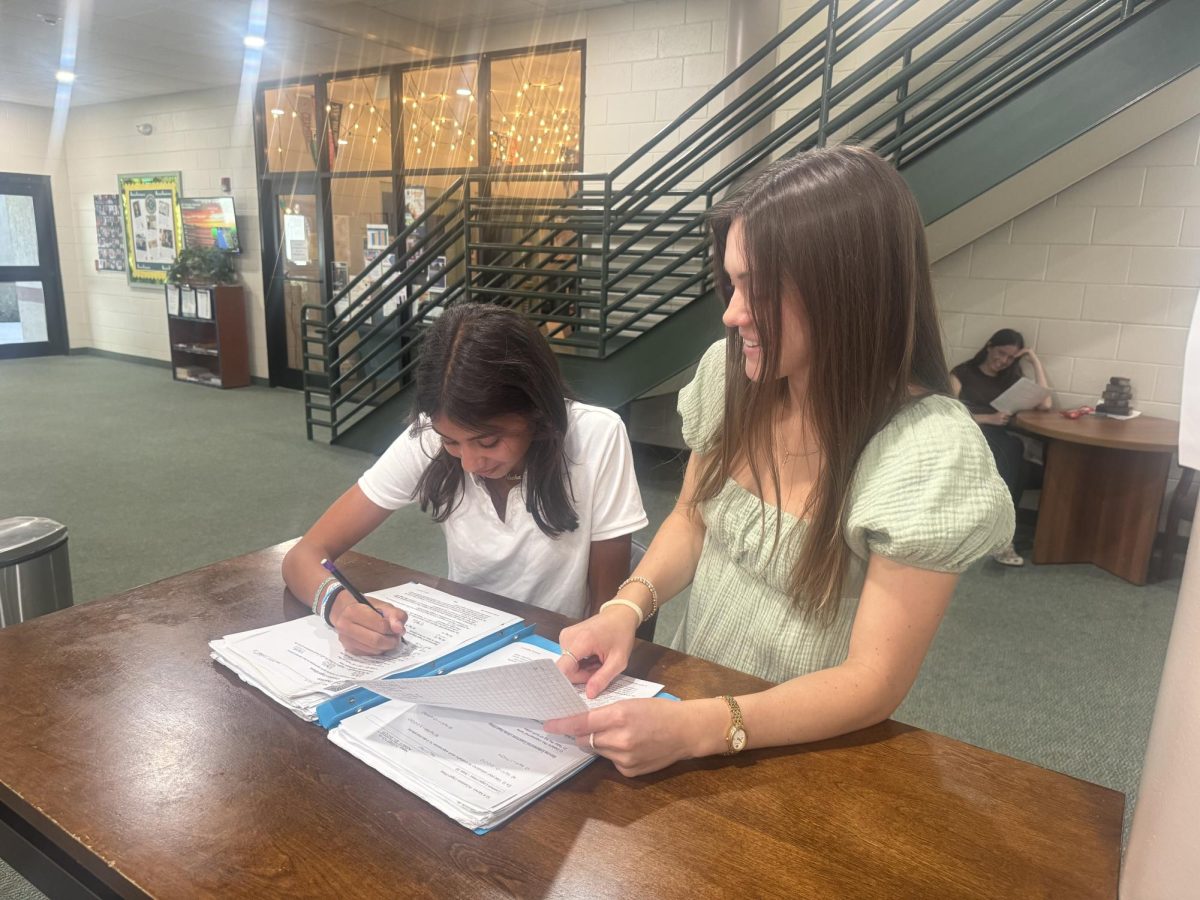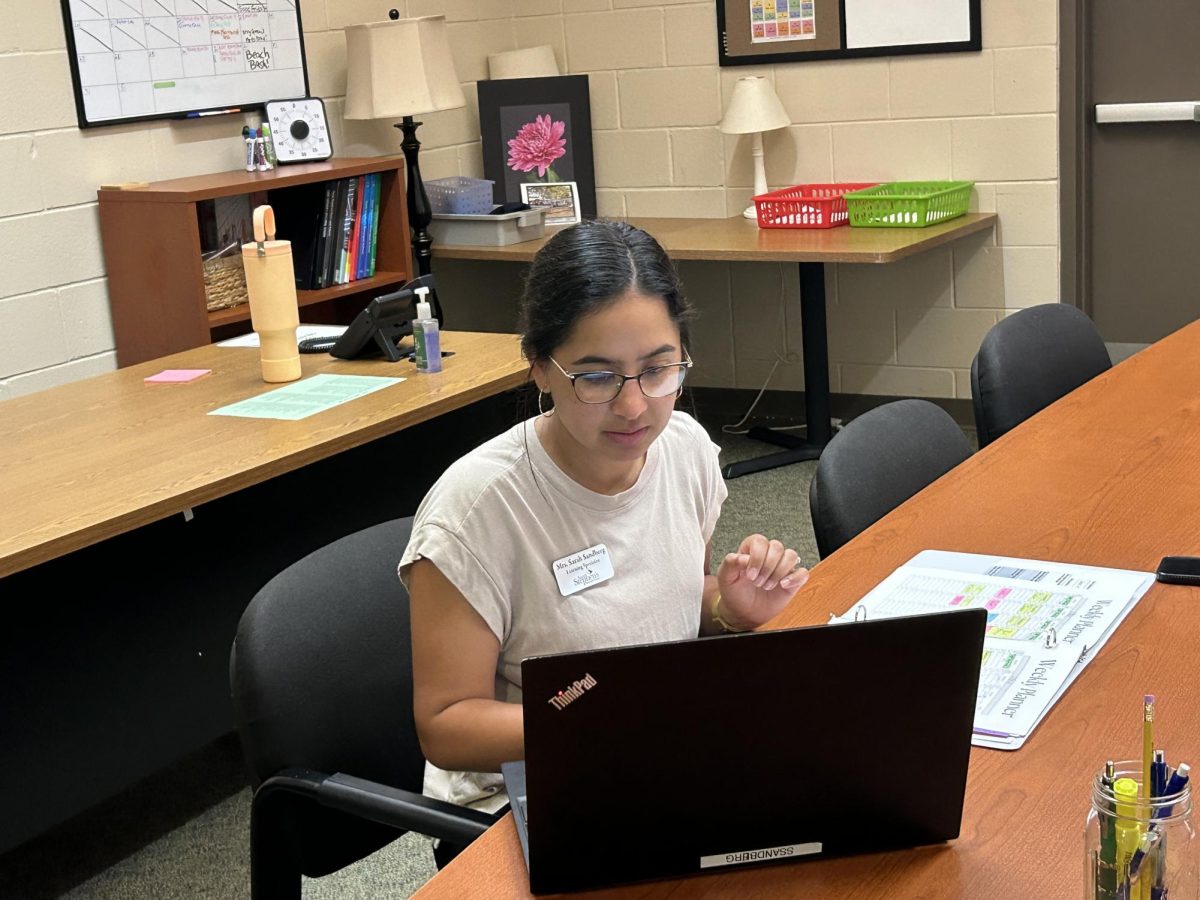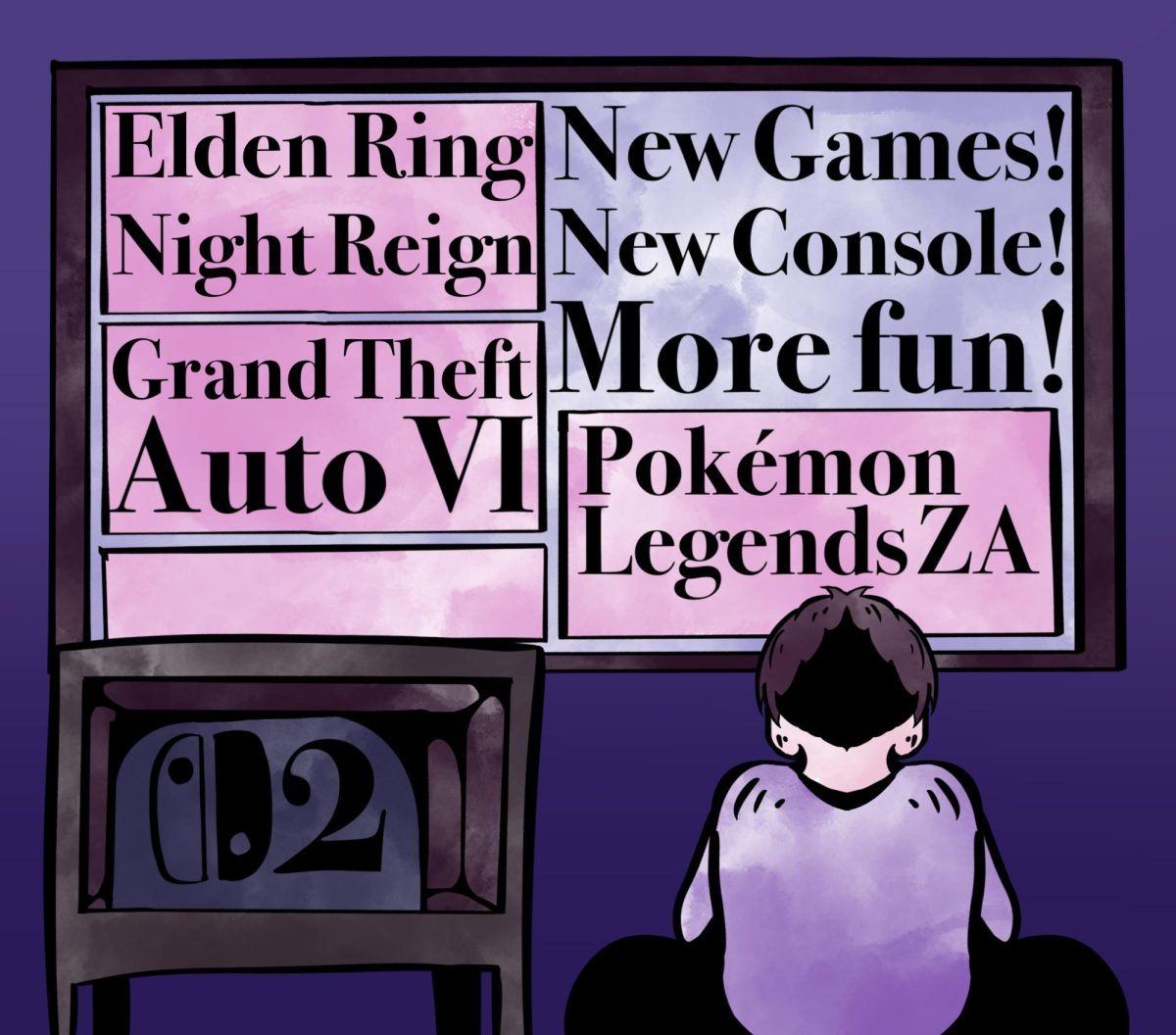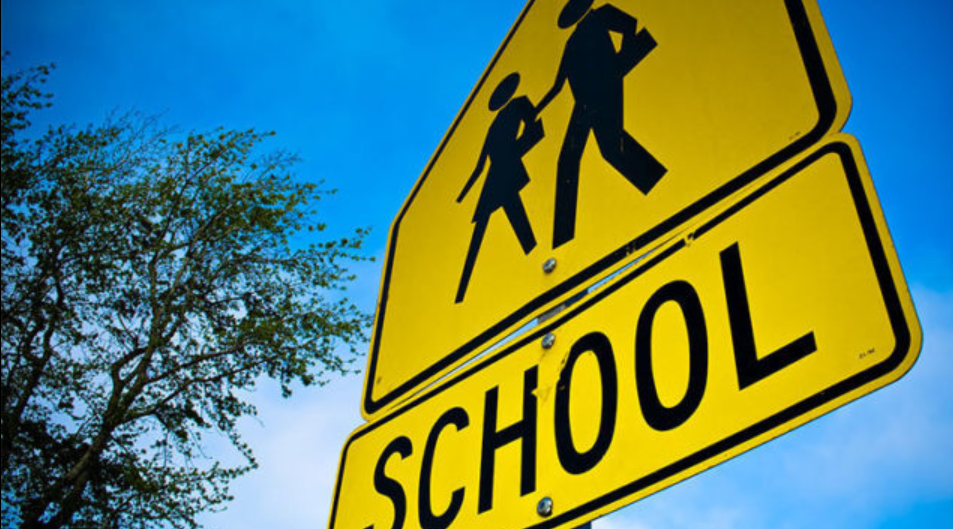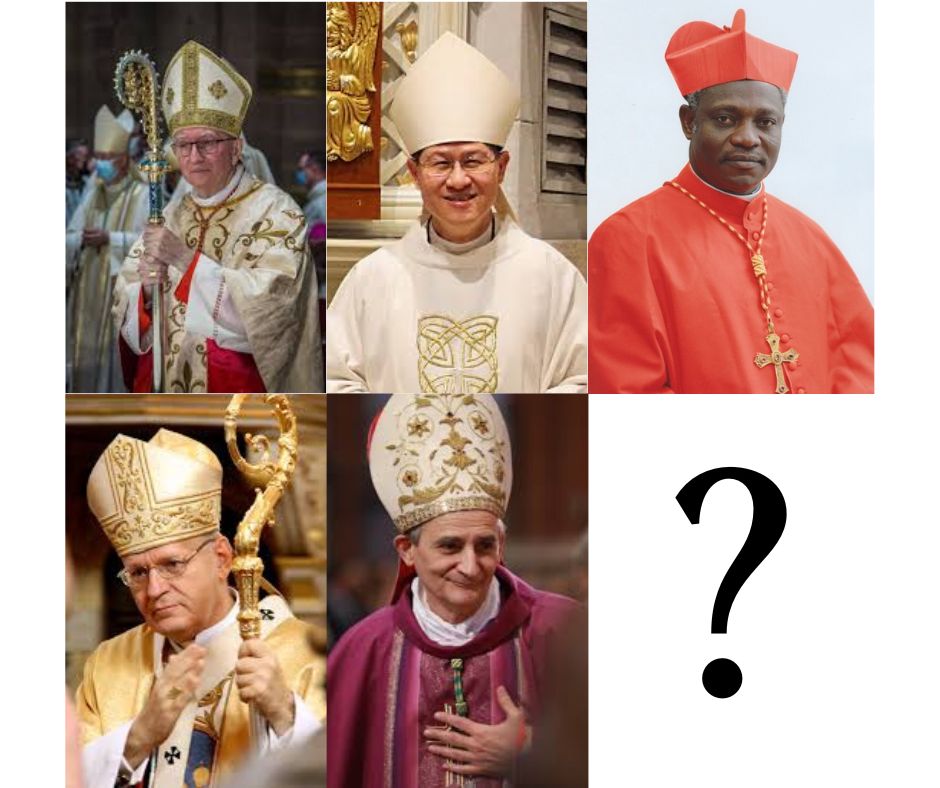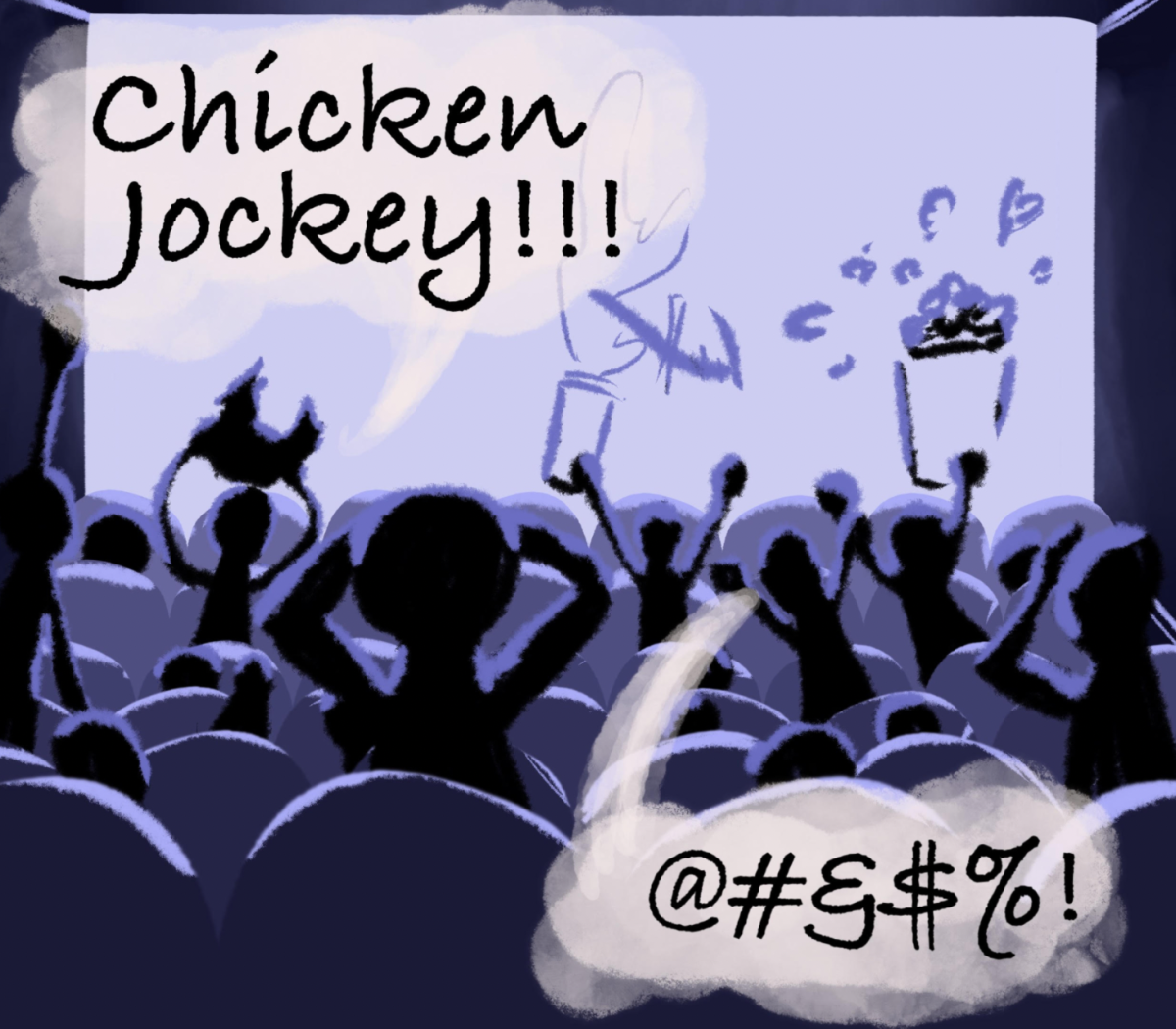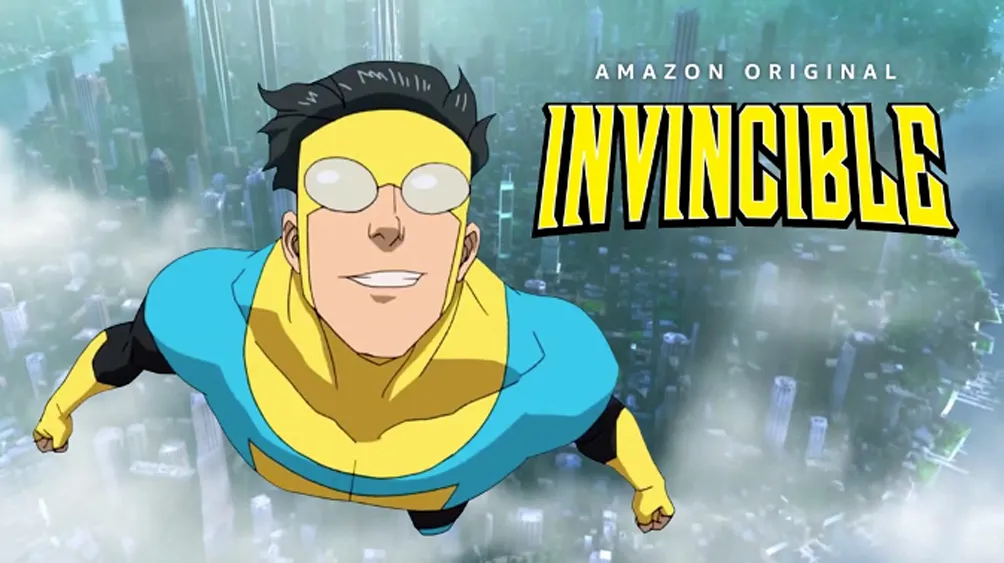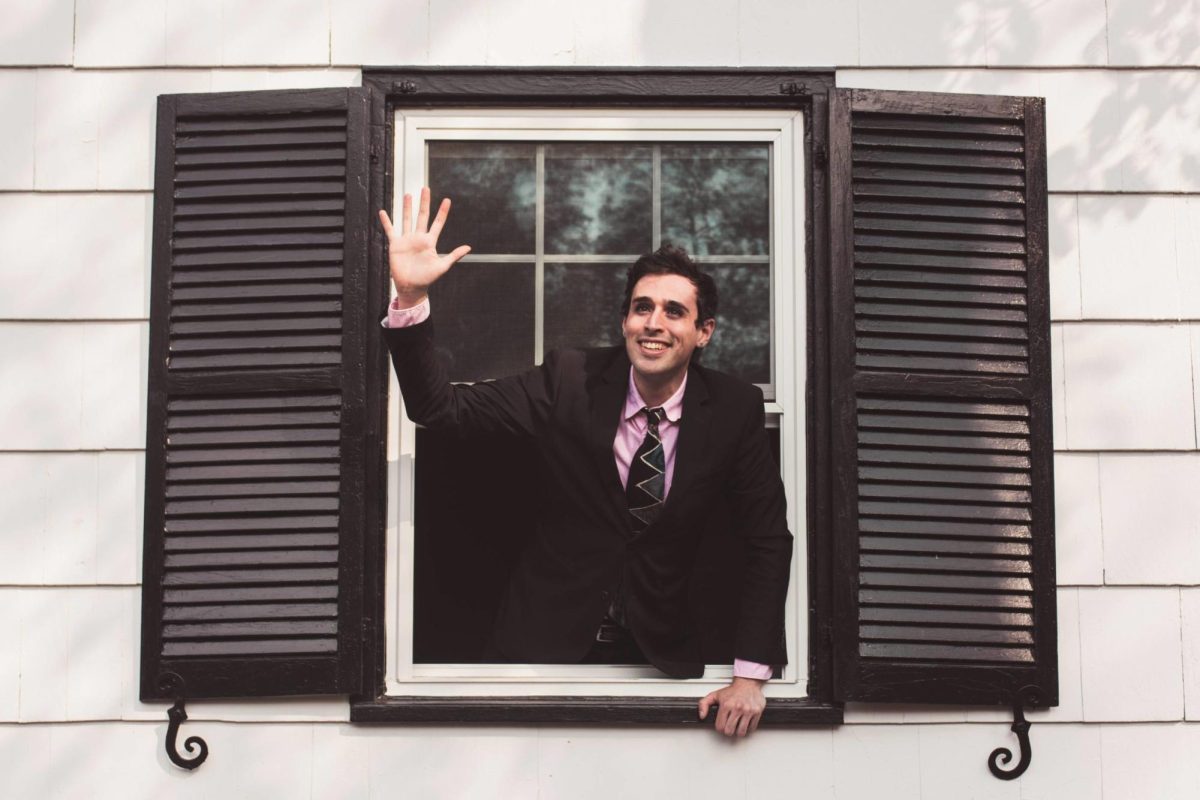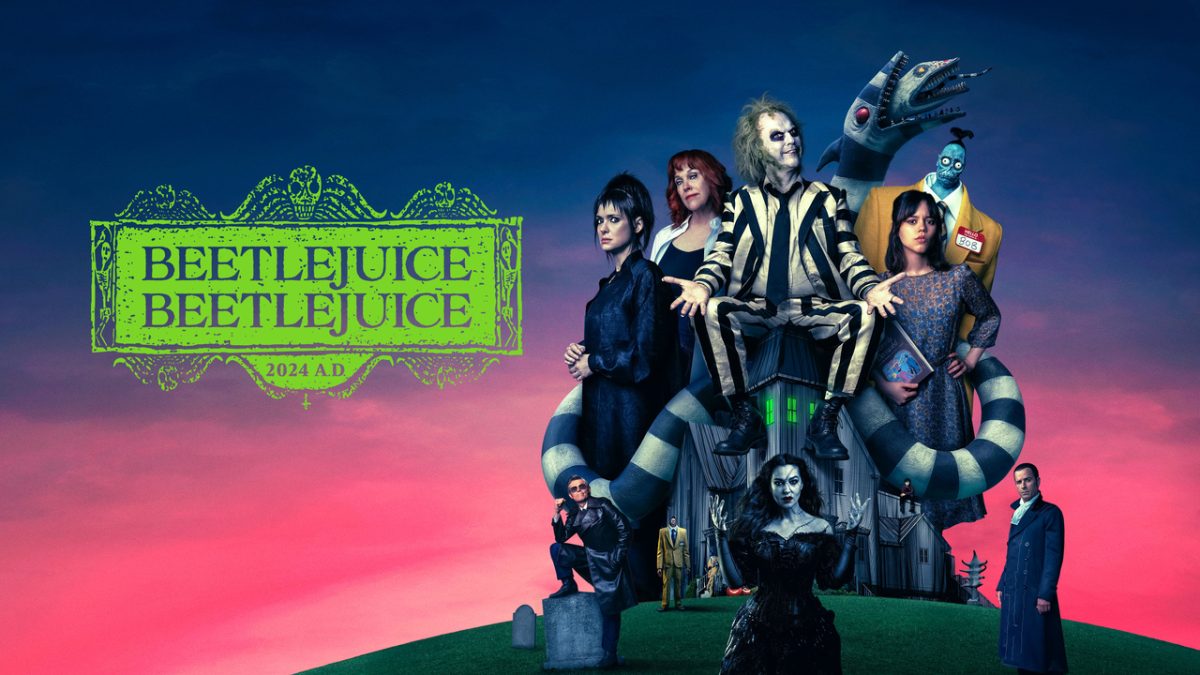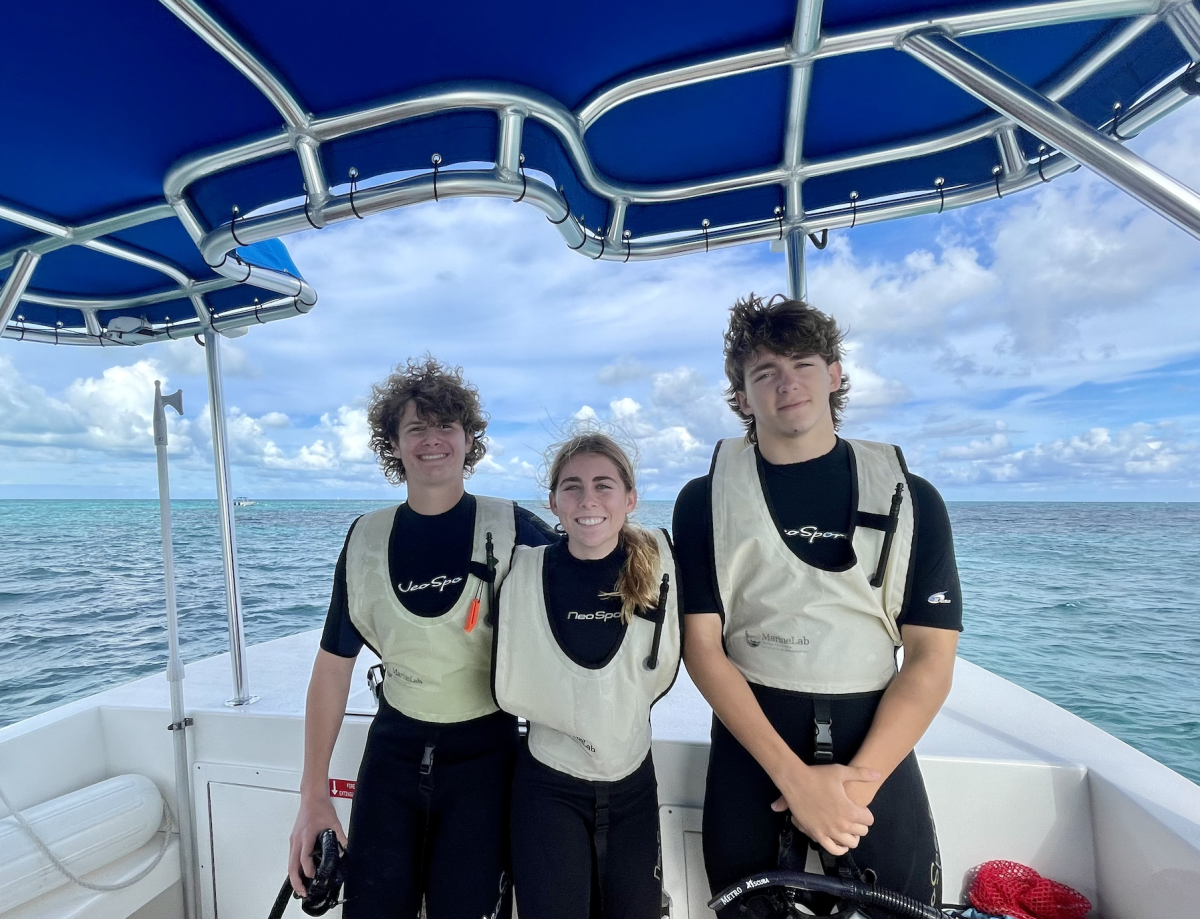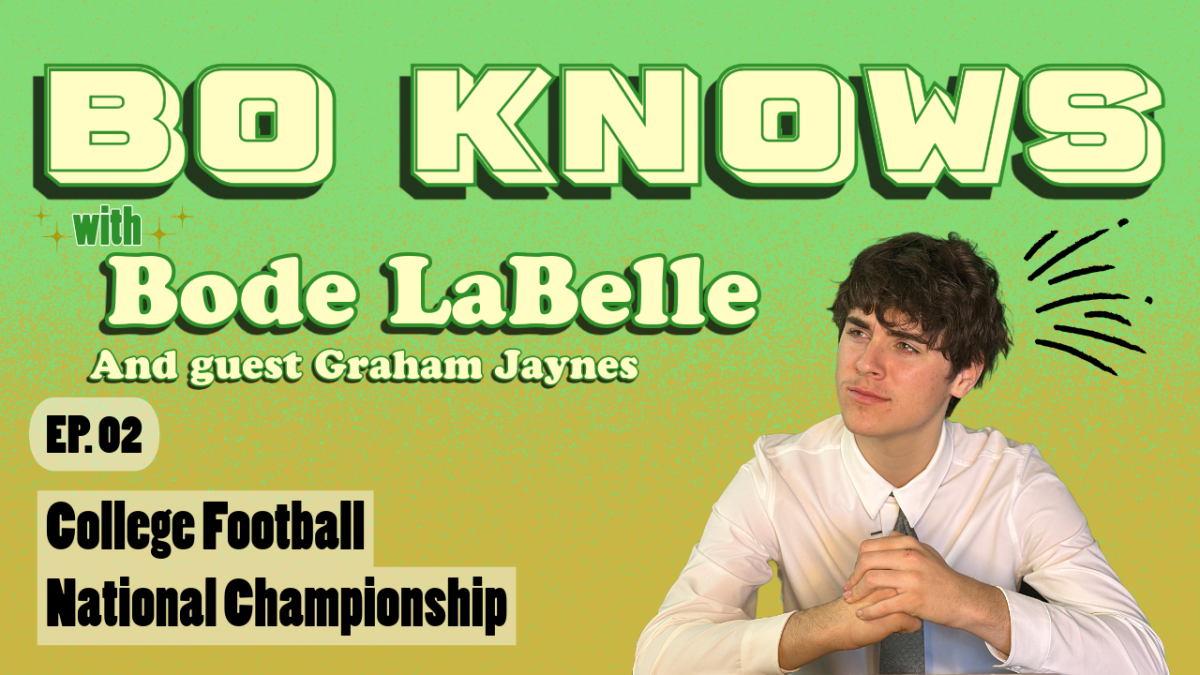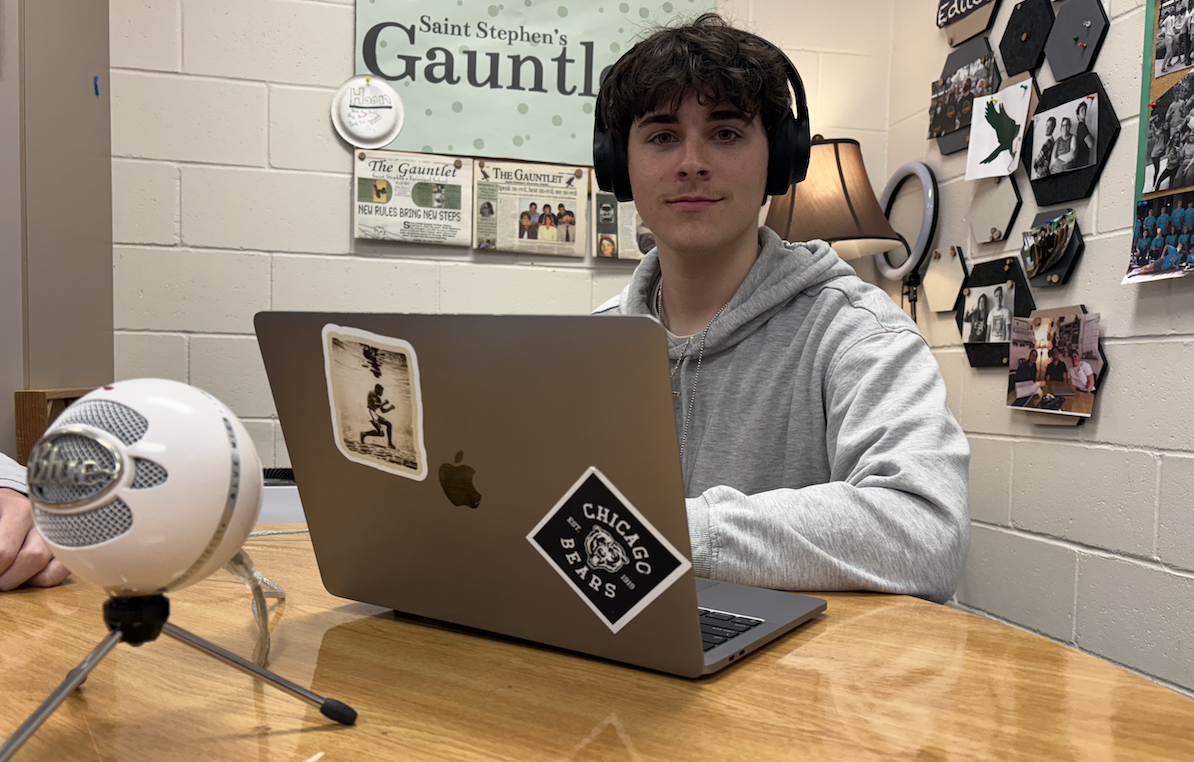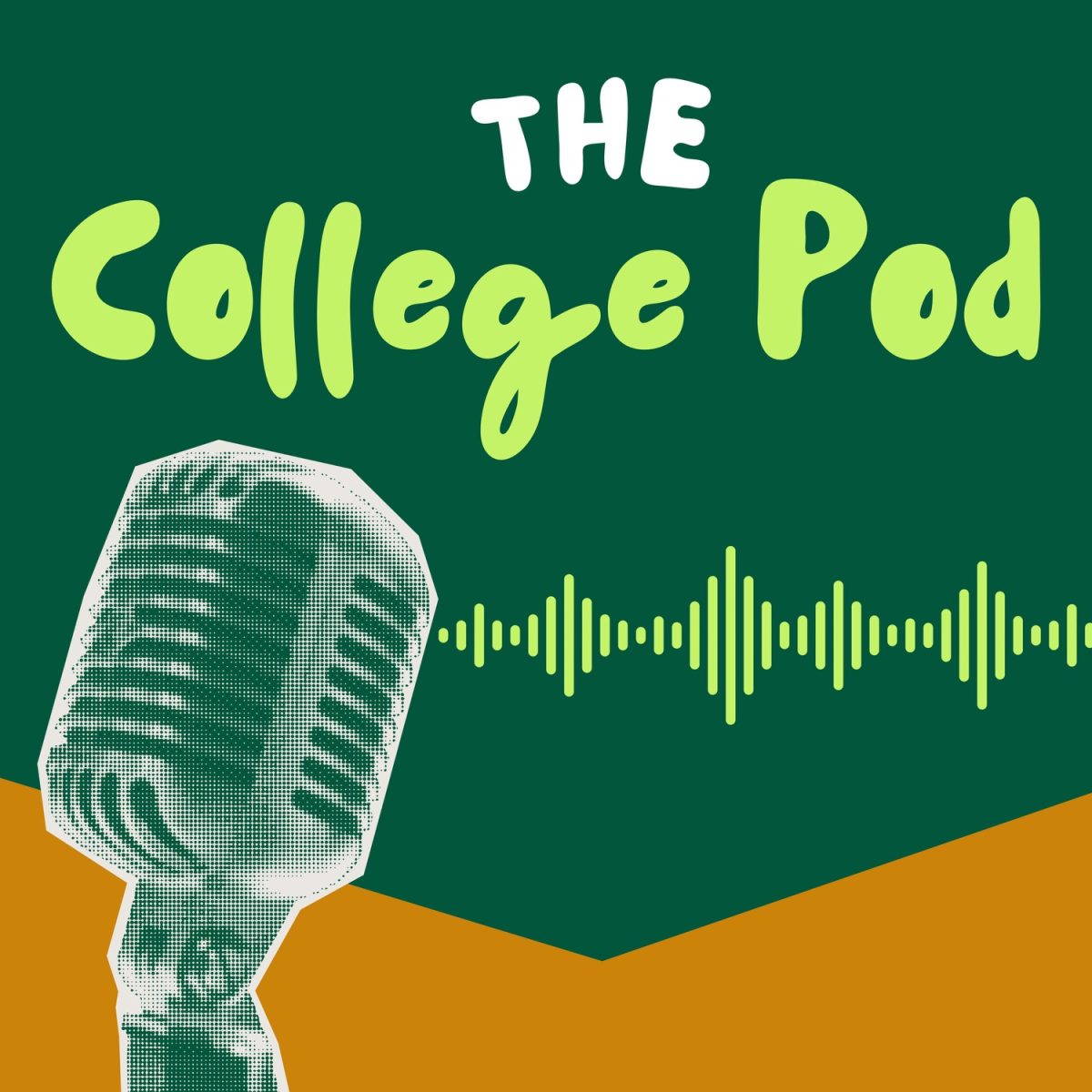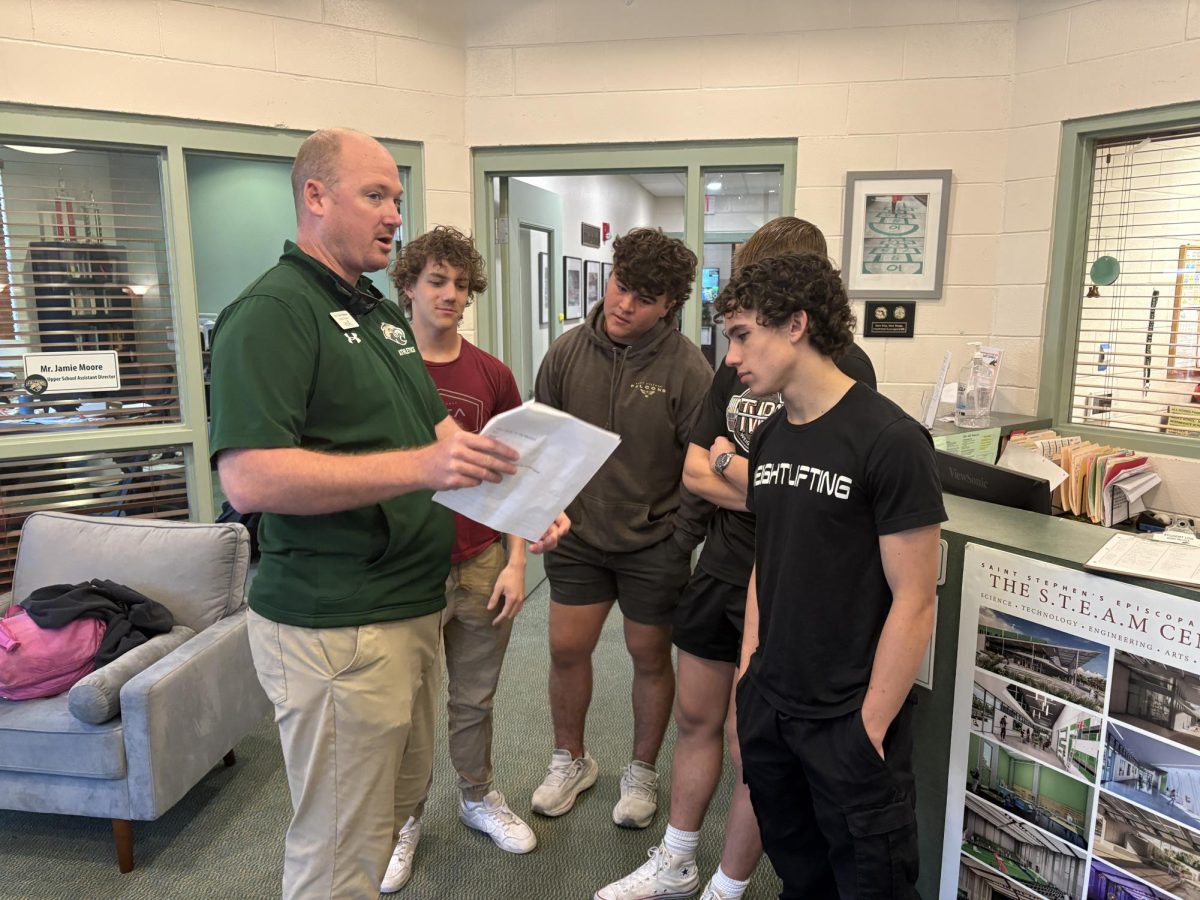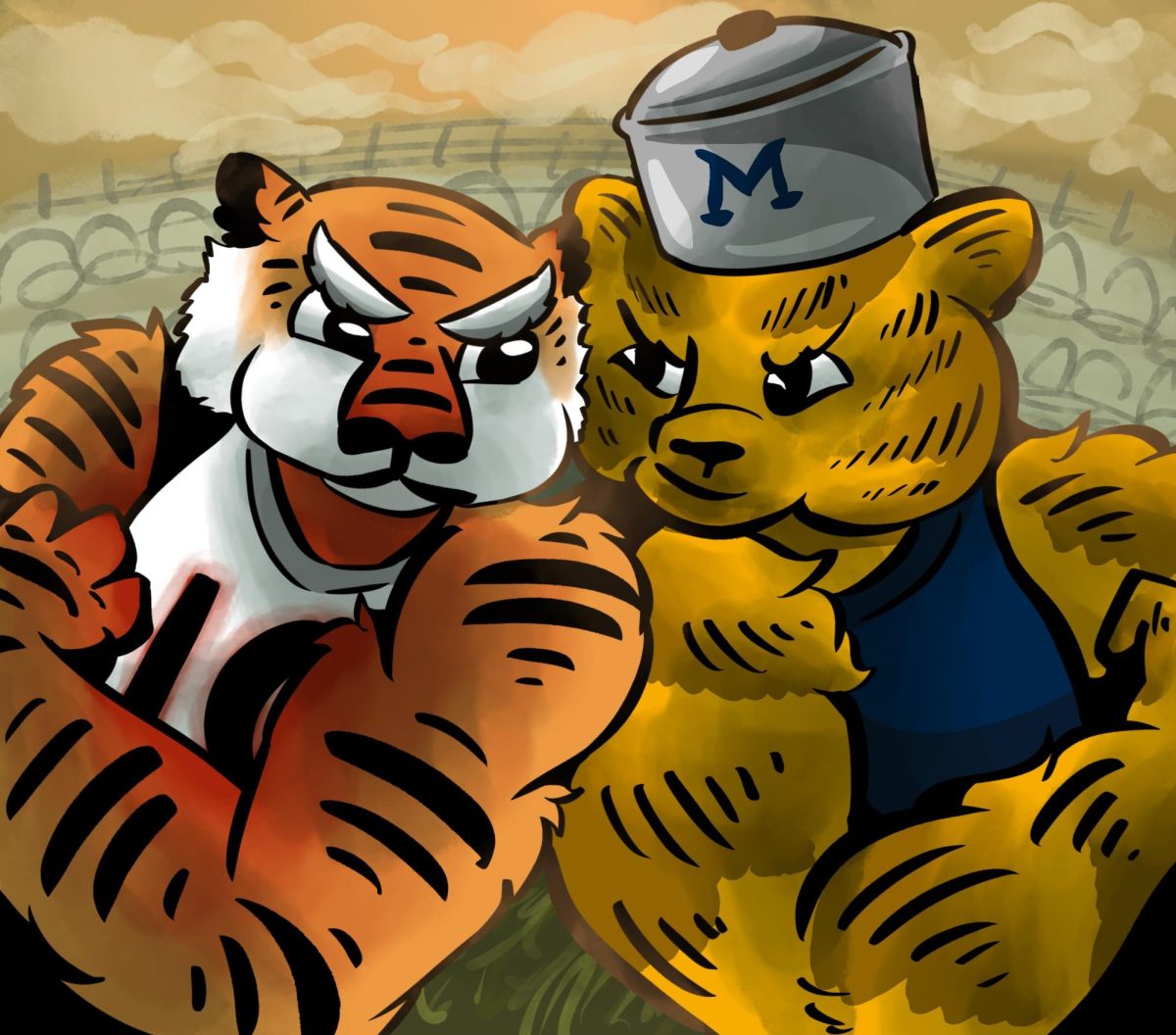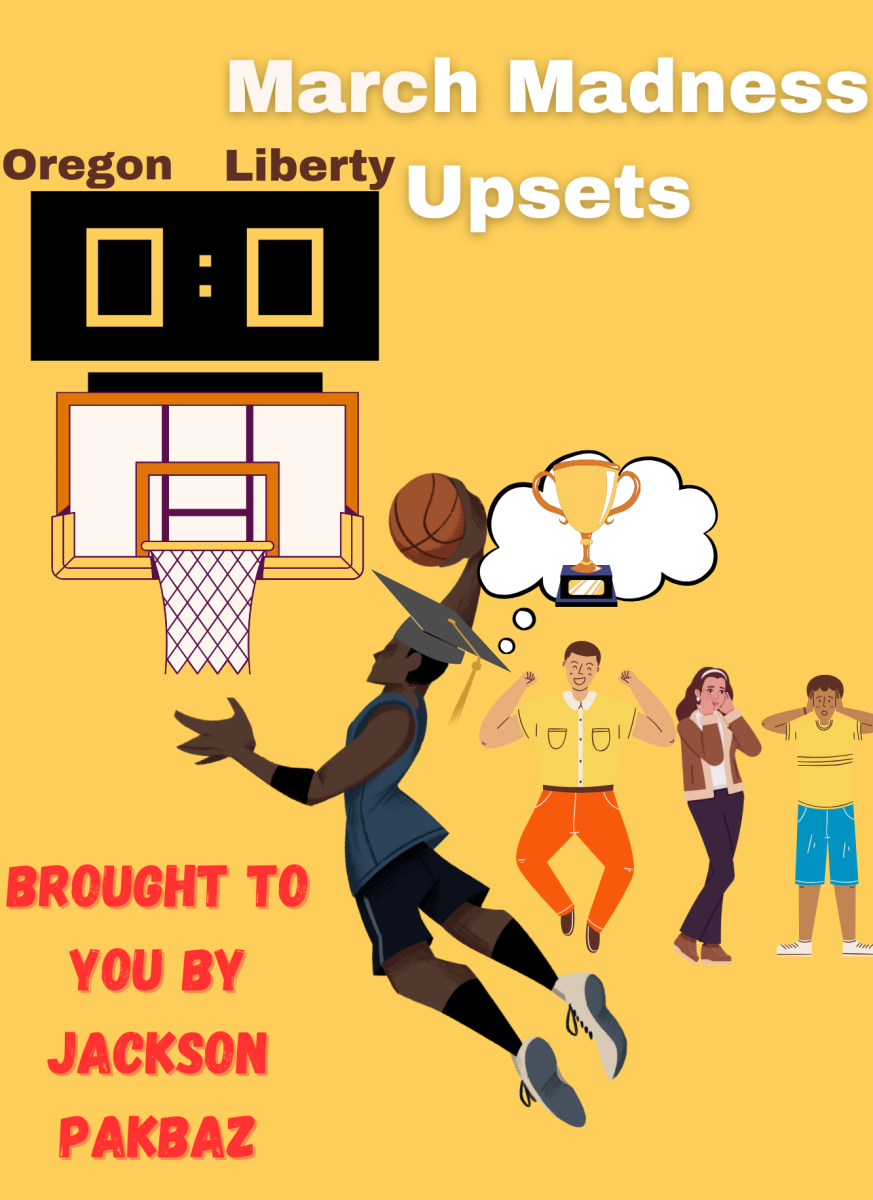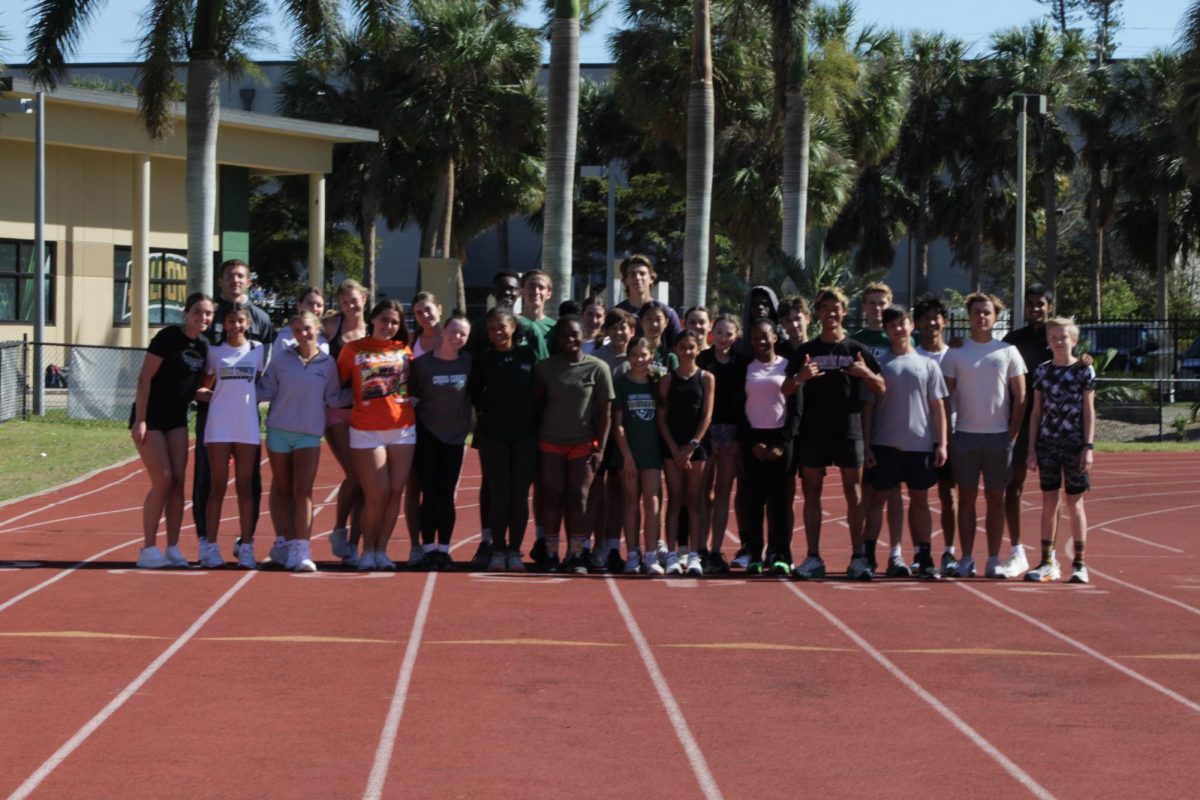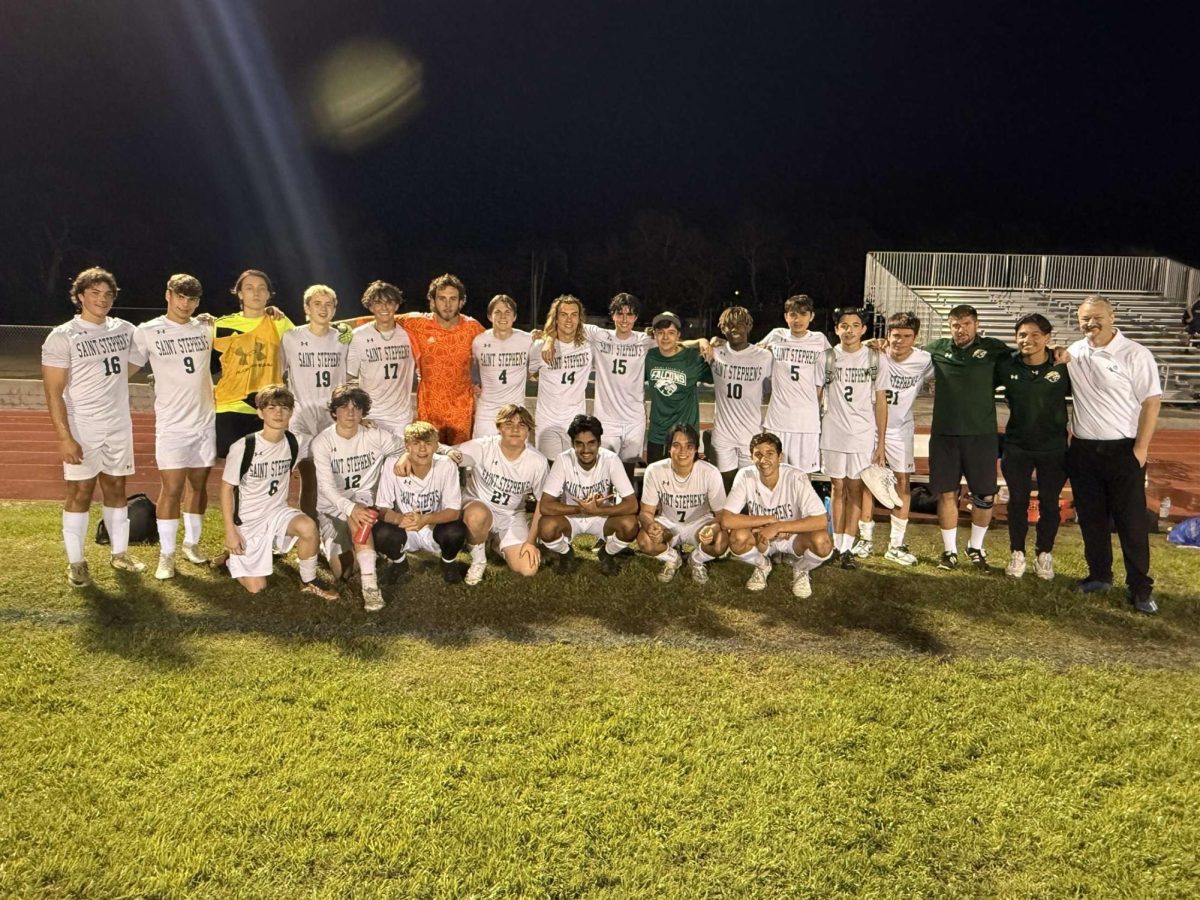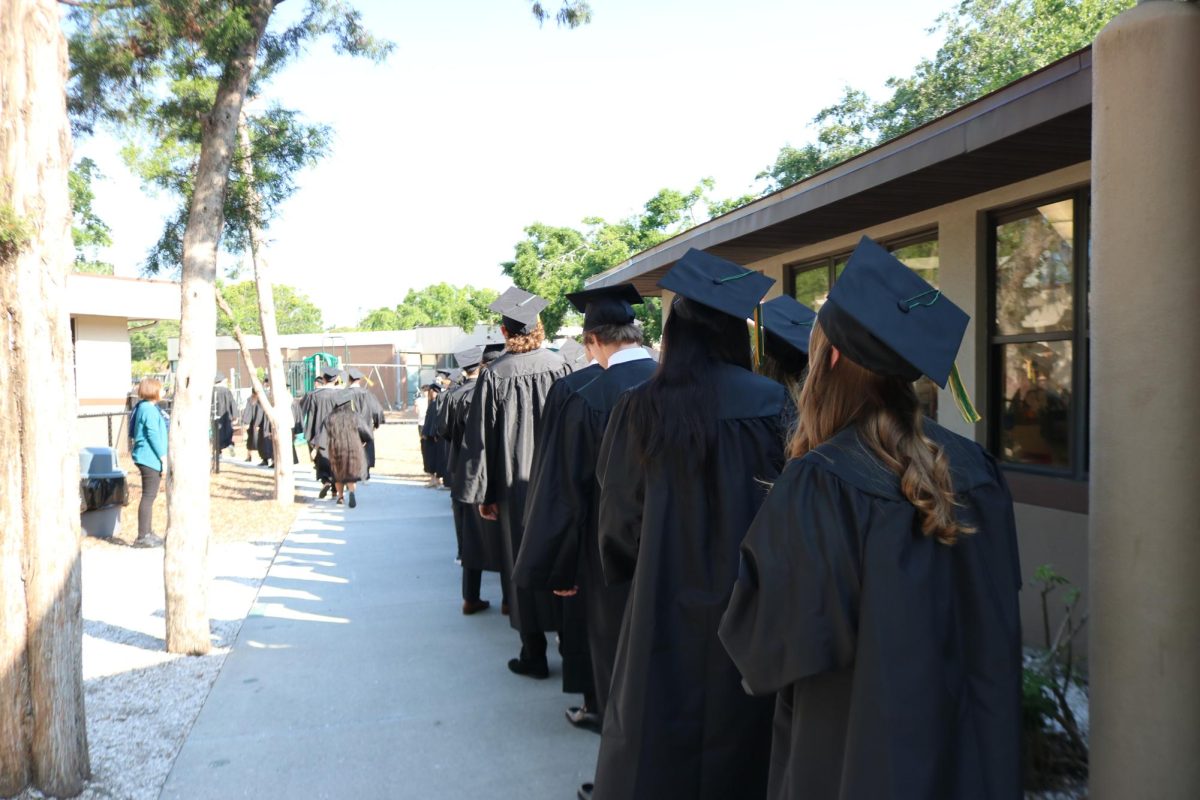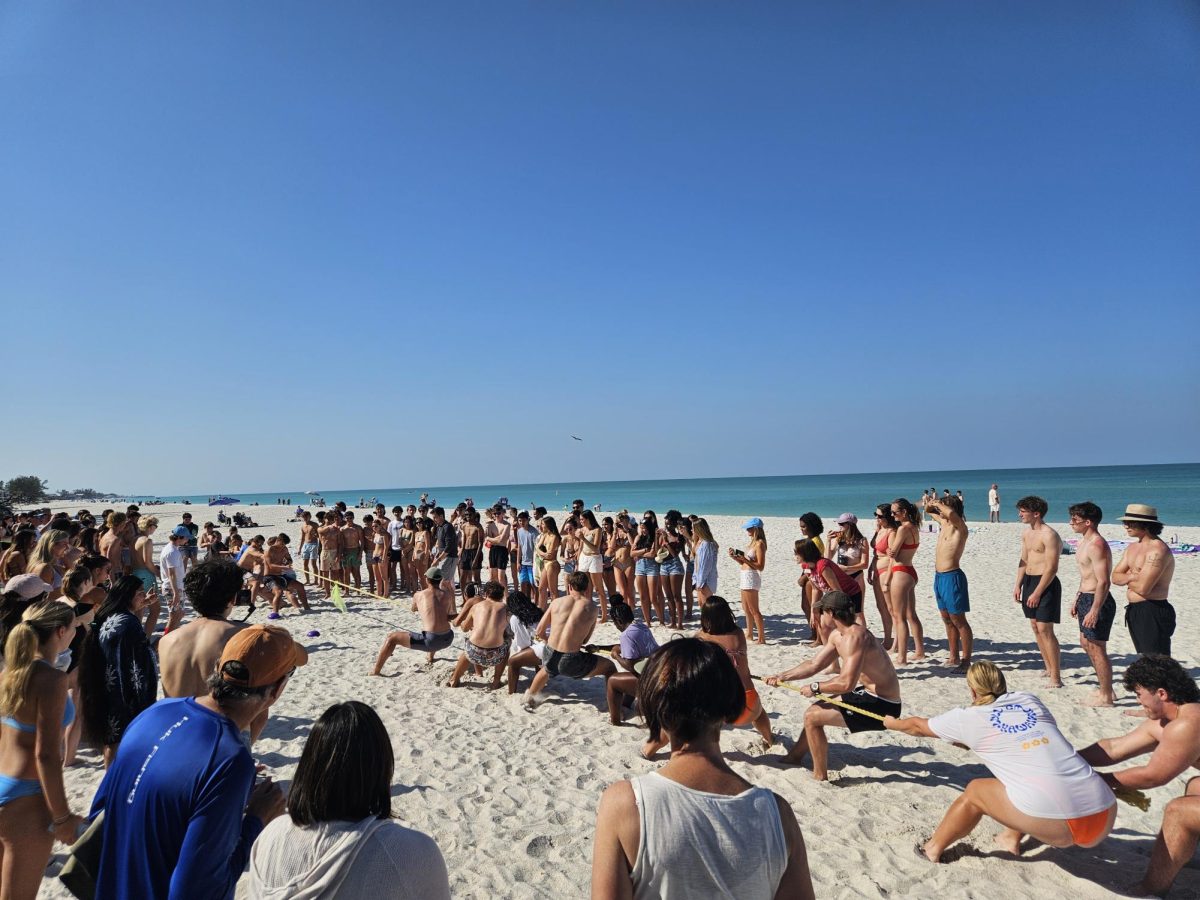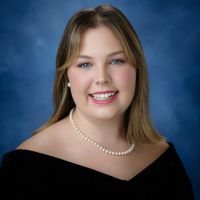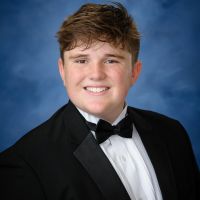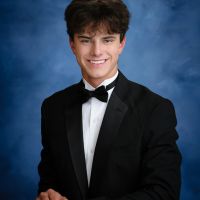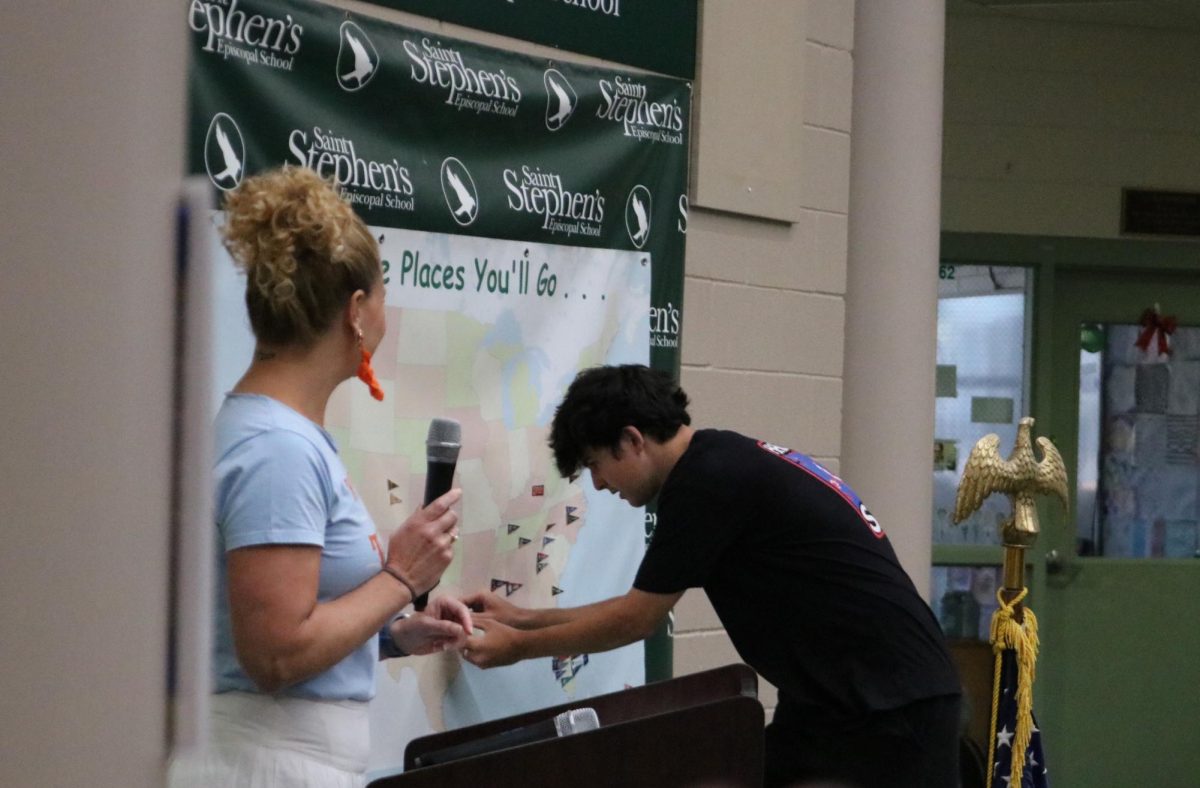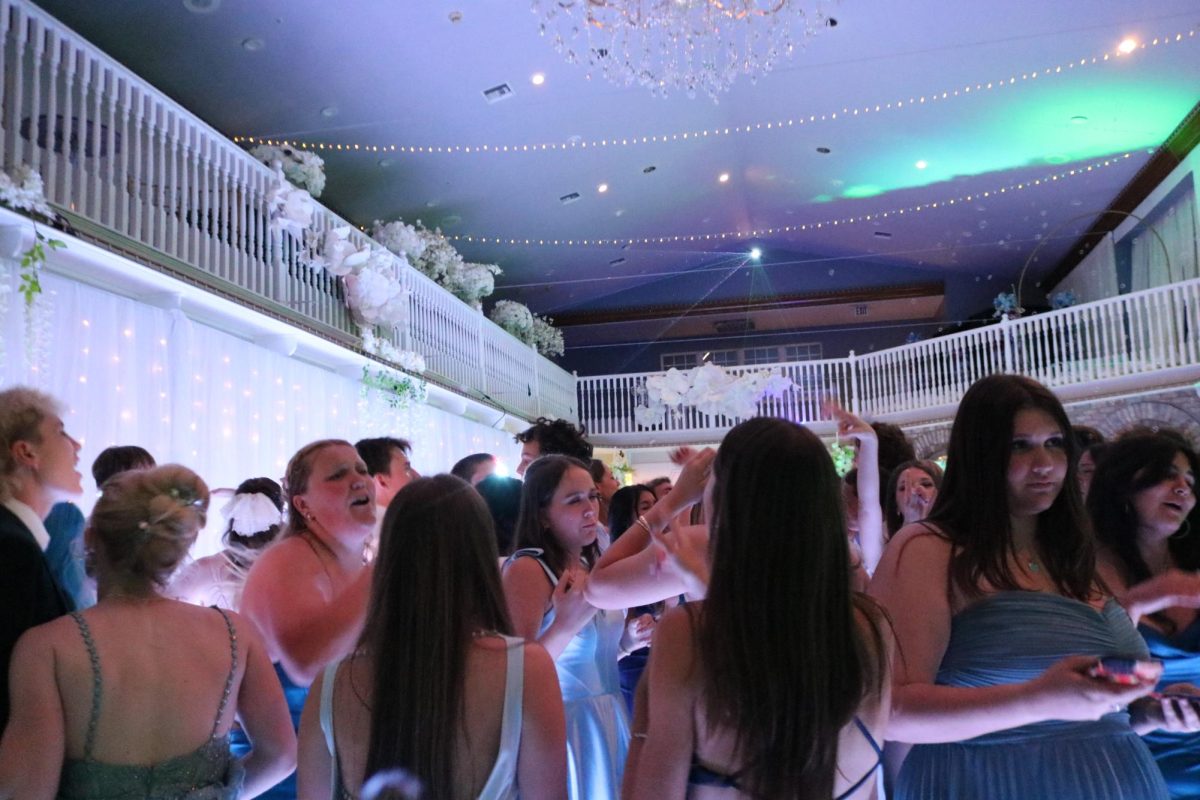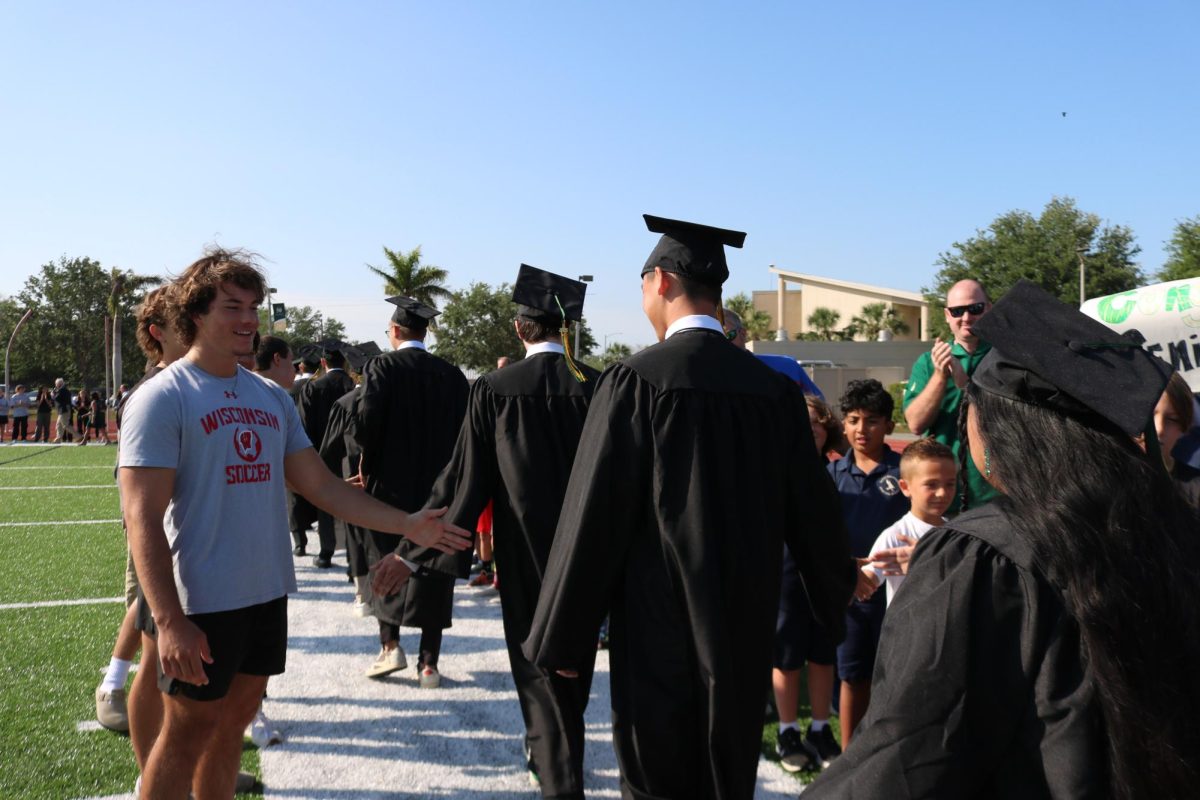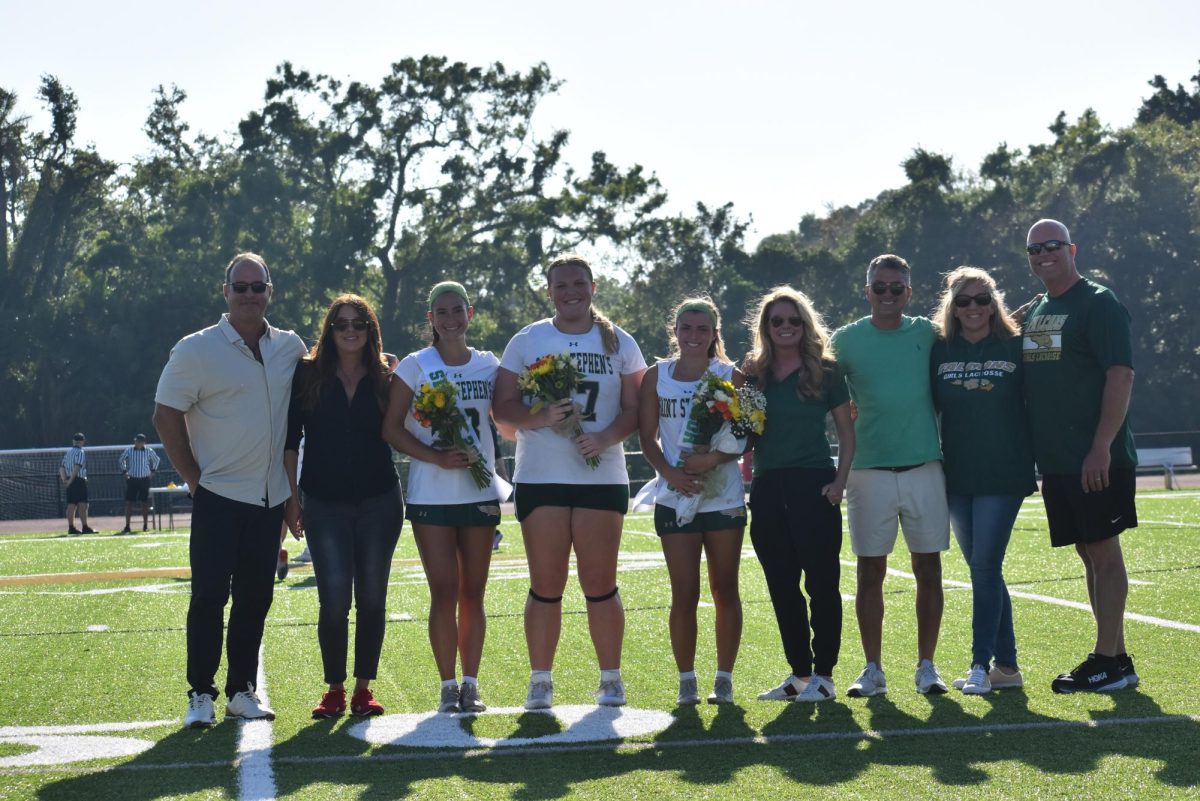Greek native Ioannis N. Miaoulis became the director of the Museum of Science in Boston in 2003, and since then has helped launch Science, Technology Engineering and Mathematics (STEM) education into schools K-12. He spoke with Saint Stephen’s Upper School students in March.
The Gauntlet: How did you get into scientific engineering?
Miaoulis: “In ninth grade, I switched to day school and discovered the whole world girls and everything. The first semester I failed four courses. My report card would be sent to my father’s office, and I did not want that to happen [because] he would send me right back to boarding school. So his secretary made a deal with me: she would not show my report card to my father, but I would have to get four A’s the following semester in those four courses that I had failed. So, of course, I had to try hard to get good grades. I started getting interested in physics and got close to the teacher, who appreciated how much harder I was working. I started doing a project building a solar desalinator to take salt water from the sea and make it drinkable. I got really [interested in] how you can use science to solve real-world problems.”
Q: As the director of the Museum of Science, how do you select different exhibits for the museum?
A: “One of the good things about being in this position is that all of the great traveling exhibits come to us and want to be shown, so usually we have our pick. When there was a new exhibit of Harry Potter, we competed against 55 other museums in the region, and we got it. We always look for exhibits that have a fun content and good educational backing, because people come to museums to learn, but they also come to have fun. We develop our own exhibits as well. We have a large exhibits development group. We created Star Wars in correlation with George Lucas, in which we used all the props from the Star Wars films to introduce engineering through Star Wars. Now we are developing a new exhibit called The Hall of Human Life, which will be a spectacular exhibit in human biology. You go into the exhibit, and we take all kinds of measurements, and you become part of the exhibit, so then you can connect to the exhibit through the Internet. It’s going to be very cool.”
Q: What are your favorite exhibits in the museum?
A: “One of my favorites is not really an exhibit but a live animal center. We have lots of live animals in the museum that we incorporate into the exhibits, so this is my favorite area because I love animals.
“Our theater of electricity is spectacular; we have the biggest static electricity generator in the world, and it can create almost real lightning inside the room. It’s the only place you can actually see lightning twice; usually when you see lightning closely, that’s the only chance you have because then it hits you. So it’s a wonderful place to experience.”
Q: What are your hopes for scientific and technological literacy in schools k-12?
A: “The thing that’s missing in most schools now is the engineering part. Most schools do not have the human-made world component [that covers] how the human-made world works, how it is designed and how it is made. I would like to see students learn how scientists discover, the inquiry process, the results of the process which is science, the engineering design process and the results of that process, which is technology and the human-made world. So students would have an appreciation of how both the natural world works and how the engineering world is being made.”
Q: What inspired you to reform science and engineering curriculums in schools?
A: “I started getting involved with traditional science in schools while I was in university. I had lunch with one of our major benefactors, and he said that science [in schools] teaches us about the natural world, not about the human-made world, and we should really do something about that. So it was through one of our benefactors that I got inspired to introduce the human-made world into the curriculum and started this whole national and now international effort in 1995. It’s really changing the whole way we think about science.”
Q:What are you doing to make these things happen?
A: “We advocate for it by trying to convince decision makers, which include politicians, head masters, principals, science teachers and elementary school teachers, that having engineering in the curriculum is important. We do a lot of advocacy making sure that we have enough funding to support this effort at the national level. That’s the first thing.
“The second thing we do is we develop curriculum which is books and materials, so if a teacher is excited to introduce engineering in their classroom, they have high-quality materials to do so. Then we do professional development of engineering, making sure that the teachers are up to speed with the technology to the point that they can be comfortable teaching it in the classroom.”
Q: What contribution are you most proud of in relation to spreading STEM (Science, Technology Engineering and Mathematics) education in schools?
A: “It’s my dream in life to have every school [curriculum] in the US have some engineering by the year 2015. It all started as a dream, where engineering in k-12 schools was not even a thought, but now it is a key part of discussion, a main theme at conferences. President Obama speaks about it, the Senate had two hearings last year about it, so it’s happening. That’s sort of my passion, and I’ve been fortunate enough to see it all coming into reality.”


